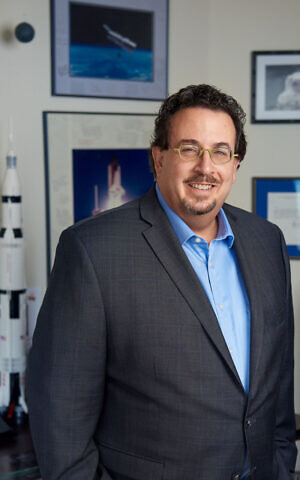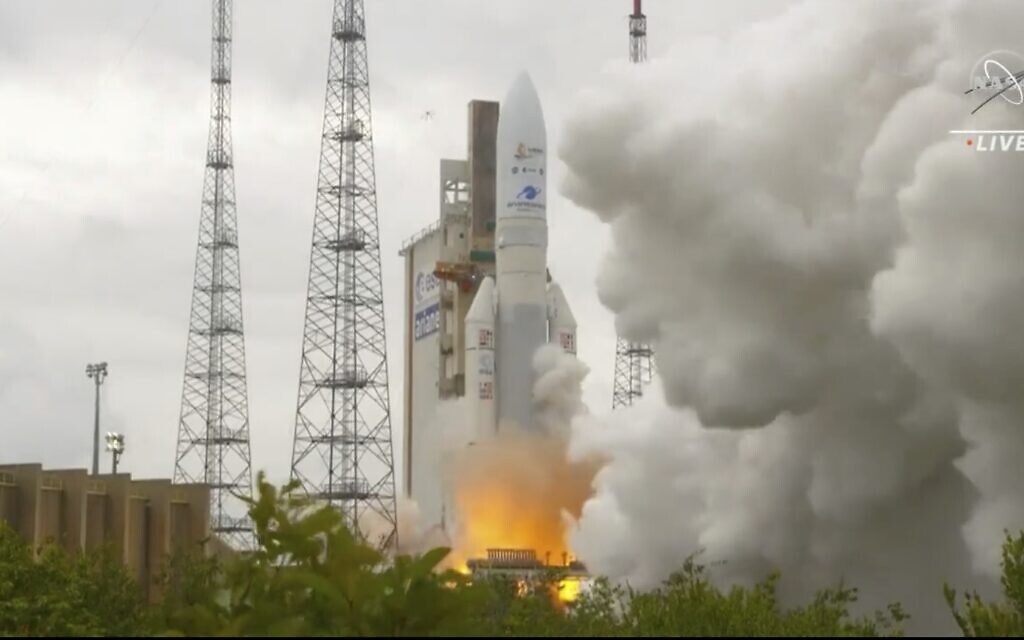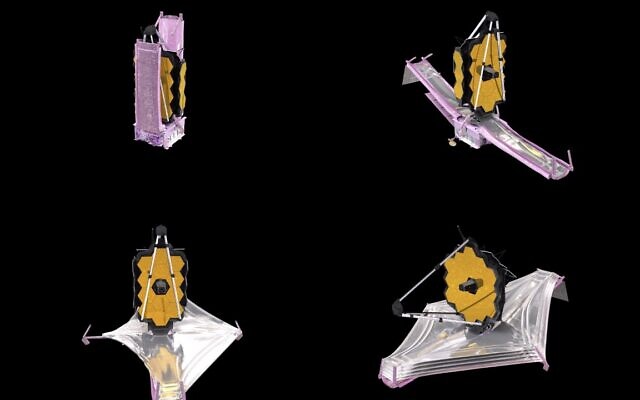INTERVIEW ON MOVING PARTS, THE UNIVERSE AND MAKING ALIYA IN YOUR 50S
Michael Kaplan, who shepherded the telescope through its planning stages before temporarily living in Israel, talks space robots, baby galaxies, and the pitfalls of Israeli bravado
It’s a long, agonizing wait for astronomers. The James Webb telescope is coasting to its final orbit around the sun at “L2,” a point in space about a million miles farther out from the sun than Earth. It’s a spot that allows the telescope, the most sensitive and sophisticated instrument ever put in space, to keep all the major nearby sources of heat and radiation, whether Sun, Earth, Moon, or the telescope’s own electronics and attitude jets, safely to one side of its tennis-court sized heatshield.
A great deal has to go perfectly right. The heatshield, a stack of five unfathomably thin sheets of a material called Kapton, the thickest of them just five-hundredths of a millimeter thick, has countless points of failure in its unfolding machinery. The primary mirror, the first telescope mirror ever put into space in individually mobile segments, must deploy perfectly for the telescope to catch the hoped-for glimpses of the earliest universe. Reaction wheels, dozens of actuators that move and contort the mirror segments, a unique refrigeration system, the final correction burn delivering the telescope into its L2 orbit – all have to work perfectly, because no currently existing spacefaring technology will allow NASA to send anyone to fix it.
Webb is an astonishing gamble, a $10 billion megalith so complex and so promising it seems a hubristic provocation against the gods. Worryingly for the superstitiously inclined, everything seems to have gone extremely well so far. The launch from Earth was so perfectly aimed that NASA announced it would need less fuel for the correction burns, potentially extending the ten-year estimate for Webb’s operation by several years.
Shortly after Webb’s picture-perfect launch into space on Christmas Day, The Times of Israel caught up with Michael Kaplan, a former NASA engineer who headed the space agency’s telescope planning in the 1990s and was one of Webb’s initiators, for a video interview from his home in Colorado on how Webb has already pushed the boundaries of humanity’s engineering capabilities and will soon dramatically grow our knowledge of the early universe, on why Israel’s innovative culture can paradoxically make it bad at space engineering, and where the near future of space travel is headed.
Kaplan, 66, has spent a career in aerospace, from a decade at the US Naval Research Lab in Washington where he worked on space-based radars meant to counter Soviet ICBMs, to NASA, Ball Aerospace (the Colorado company that built Webb’s now-famous honeycomb mirror), Boeing to work on planetary probes, and finally, in a plot twist, a bittersweet five-year sojourn in Israel, where he became a citizen and worked closely with SpaceIL, the Israel Space Agency and the Israeli aerospace industry.
Kaplan moved back to the US in 2015, where he has worked on new space missions and weather satellite systems at companies like Raytheon. He is now a vice president at Belcan, a major American engineering firm and government contractor.
The conversation, which is edited for clarity and length, began with the stupendously courageous decision to build and launch so complex a telescope in the first place.
The Times of Israel: You’ve said there’s an unwritten rule in spacecraft design: “You want the minimal number of moving parts. Anything that moves can fail.” We’ve heard about the James Webb telescope’s main purpose, to catch a glimpse of the early universe, and about the excitement and anxiety its launch has sparked in the astronomical community. But to do that, Webb must have many hundreds of moving parts, including hundreds of individual points of failure that, if they don’t deploy and operate perfectly, could scuttle the whole $10 billion mission. Why is Webb such a big deal? Why is it worth the risk?
Michael Kaplan: When Hubble was launched [in 1990], there were people protesting at the launchpad because they were afraid Hubble was going to see God, like he or she is behind the clouds and Hubble was going to reveal it. Hubble pictures have been on magazine covers because they look like art. There’s something profound and wonderful about the fact that the natural universe in all its splendor becomes art.
But Hubble was limited by its aperture size, the sensitivity of its detectors and instruments, and by the fact that it wasn’t very cold.
Most people don’t realize this, but Hubble only actually observes about 35% of the time. The other 65% of the time it’s dodging the Earth, Moon and Sun, because we don’t want earthlight, moonlight or sunlight getting into the telescope and ruining the instruments. It also can’t see longer wavelengths than the near infrared. The oldest bits of the universe [whose light has been traveling the longest through ever-expanding space, and so whose wavelengths have stretched the most]appear to us shifted far into the infrared.

To see into the far infrared, to see the light traveling toward us from the earliest universe, your instruments must be extremely cold, because hot objects glow in the infrared and blind us to that dim light. So to see farther than Hubble, Webb must see deeper into the infrared. It must be colder, more sensitive and carry a larger primary mirror than its predecessor. How did such an ambitious project get started?
Although discussions of a Hubble follow-on started in the 1980s, it was in the early 1990s, not long after Hubble was launched in April 1990, that more serious planning got underway. A committee of scientists called “HST and Beyond,” headed by Alan Dressler at the Carnegie Observatories, asked, “What do we do after Hubble?”
I was the head of advanced programs in astrophysics at NASA Headquarters at the time. My job was to plan future telescopes. So I met with the committee and gave a presentation on the current state of technology. The committee said they wanted to search for baby galaxies and needed to launch an infrared telescope with a four-meter primary mirror. [Hubble’s was 2.4.] Why four meters? Because that was the biggest mirror we could fit in an existing rocket.
At the time, NASA had a relatively new administrator, Dan Goldin, who had come over from a company called TRW, who are now part of Northrop Grumman [the contractor that built Webb]. Dan was a transformational leader and very controversial. He had a different way of looking at things. In the planetary science world, he wanted to make missions smaller. He coined the phrase “faster, better, cheaper.” But small doesn’t work for astronomy. You can’t make telescopes smaller if you want to see more. So he challenged us with the next big paradigm shift for astronomy: Breaking the barrier of a single mirror.
He was a technologist. When he was back at TRW, they had been building advanced programs for the military that involved segmented optics. There were telescopes on the ground and some were conceived of in space that were operating at submillimeter or radio wavelengths that weren’t one piece but were made of hexagonal pieces that were assembled together. So he knew this technology existed and had seen the problem solved in the submillimeter wavelengths.
At the American Astronomical Society meeting in 1996 in Tucson, Arizona, I’m sitting in the front row. Next to me is Alan Dressler. Dan is at the podium. He looks at Alan and he says, “I see Alan Dressler here. All he wants is a four-meter optic… And I said to him, ‘Why do you ask for such a modest thing? Why not go for six or seven meters?’”
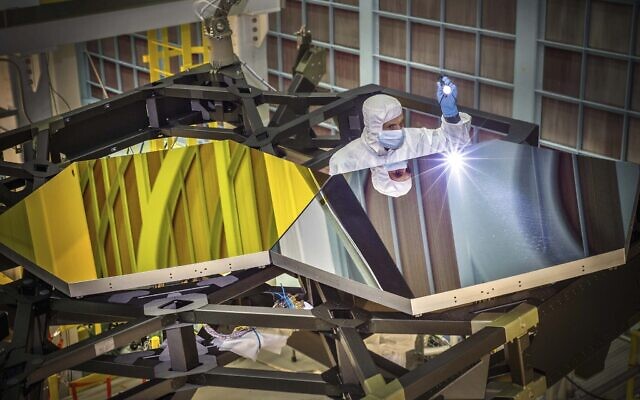
Then Alan says, “How about eight?” Dan pounds his fist on the podium and says, “Sold.” Like it was an auction.
So the Next Generation Space Telescope, NGST, which is what we called it when it started, was originally envisioned as an eight-meter telescope, and that would be achieved by segmented optics.
But we had no idea what it would be made of. All the telescopes that had flown in space before, and Hubble was by far the largest, were made of glass thinned out from the back by water jet or grinding, because glass is heavy.
Here’s some back-of-the-envelope math for our readers. Hubble’s 2.4-meter glass mirror weighs 828 kilograms. At that weight per square meter, an 8-meter diameter – that is, 10 times the surface area – would have clocked in at over 10 tons.
So we looked at silicon carbide, at composite materials with a very thin layer of glass on top, and at beryllium, which ended up being the winner. We aimed for a tenfold reduction in mass density. [And succeeded; Webb’s beryllium mirror weighs about 20 kilograms per segment.] We had a competition that went on for several years. We pumped in probably about $50 million into figuring out the technologies.
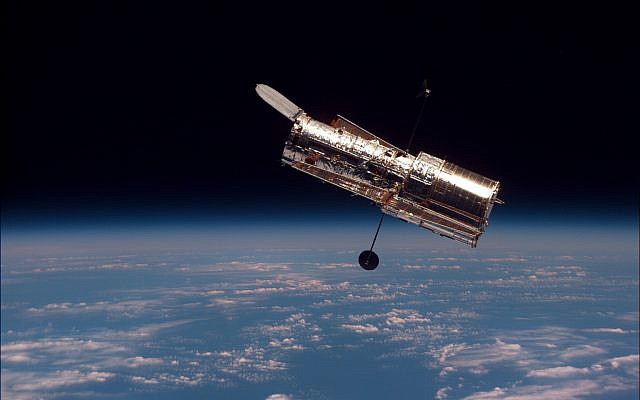
We also needed to figure out deployment of the mirror. Do you have a robot arm deal out the hexagonal panels like a deck of cards in space? Does it fold? How do you make a whole out of the pieces?
There was the challenge of getting adaptive optics to work at cryogenic temperatures, at 40 Kelvin. All the actuators and fine motors and sensors all had to work at very cold temperatures. The sunshade wasn’t seen as a big challenge at first but ended up being one in terms of deployment reliability. We were originally thinking the sunshade would be inflatable.
So when you add up all the mechanisms and put it all together, the overall problem of having a complex deployment operate with 100% reliability was a challenge, and the only way you can skin that cat is to practice. No one had ever done anything as complex before in space. We knew it was going to be complicated, but we didn’t anticipate that scale of complexity.
Normally, you mitigate a moving part by having a backup. If a primary motor fails, you have another motor. But not everything can have a backup. When you’re unfurling a line that’s pulling and creating tension on the sunshield, you can’t have another motor on a piece like that.
We went from “eliminate moving parts” to “learn to live with moving parts.”
[Webb’s engineers] believe that, to the limits of our knowledge as humans, we’ve analyzed and tested just about everything we could. You put the greatest minds on it, you have a plan, and then you’ve just got to have faith and believe it’s going to work.
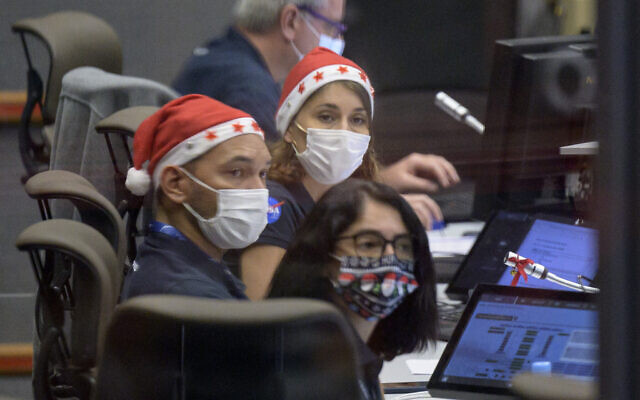
Of course, what makes all the complexity terrifying is that the only way to keep the telescope cold enough to see the far-infrared light of newborn galaxies is to have it stationed about a million miles away from Earth, four times farther than the moon, where it won’t be possible to repair it with existing technology. So what are the advantages of L2 that justify giving up on any chance of fixing a mistake in such an unbelievably complex machine?
It’s always nighttime at L2 when you’ve got a big sunshade up which is the size of a tennis court blocking out the light from the Sun, Earth and Moon. So half the sky is always in darkness. That means that, unlike Hubble, you’re doing science all the time. In five years, you can have as much observing time as Hubble had in 15, because Hubble is only observing about 35% of the time. So even though the primary mission is shorter in duration [at launch, NASA estimated a 10-year operating life before fuel runs out], it’ll be very, very efficient.
It’s becoming clear why everyone is so anxious. So much risk and so much promise. Let’s talk about you. Princeton-trained, Department of Defense, NASA, Boeing. It’s not the usual resume one encounters among olim [immigrants to Israel]. What suddenly awakened in you the desire in 2010 to move to Israel?
It was the fall of 2009. I’m living in Boulder, Colorado. The base of the Rocky Mountains is right outside my window. I moved here to work for Ball Aerospace. I left Ball and went to work for Boeing on planetary missions. Everything was great.
But my younger son was an undergraduate at the time and was getting interested in converting to Christianity. He’d gotten involved with a fraternity that was convincing him — he’s talking about messianic Judaism.
I asked friends what I can do to shake him up a bit. They said, “Take him to Israel.” I’d never been to Israel before. I’ve thought about it, but it was always either Israel or Yellowstone, Israel or the Grand Canyon. It never made it to number one on my list, which is probably true for most American Jews.

So I planned a trip. I talked to my rabbi and other people about how to have a spiritual, meaningful adventure. Their first advice was, “Don’t stay at hotels. Find rooms to rent in people’s houses. You’ll have more of a connection.”
I wanted to wake up the Jewish part of my son’s soul.
To make a long story short, it didn’t work on him, but it sure worked on me. I went home and friends said they’d felt a shift in me. I’m not religious but I’m spiritual. I didn’t know what aliya was. I met with my rabbi, and she said, “Oh, you’re going to make aliya.” I said, “I don’t know what that is, but I’m thinking of moving to Israel.”
Over the next five years you met with the entire top echelon of the Israeli aerospace industry and space program and got deeply involved with SpaceIL, the Israeli team that competed in the Google Lunar X Prize to put a lander on the Moon. The lander, called Beresheet, ultimately crashed on the moon in April 2019. How does the Israeli space world look to someone coming in from NASA and Boeing?
I spent five years trying to find my role, but I didn’t find an openness to an experienced person coming in with different views.
For example, I told the SpaceIL team, “You’re not thinking right about redundancy.” True, no human life is at stake, but you’re going be on the international stage. Every school kid in Israel is going to be watching the landing. You want to think through what can go wrong and spend the extra money making sure that you’ve got failure modes identified.
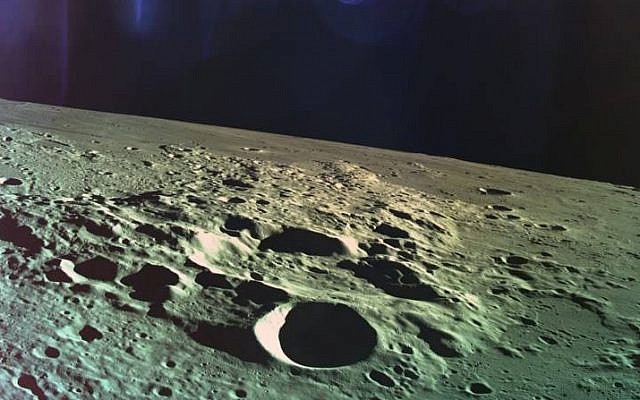
When I watched Beresheet landing [in April 2019], you could see exactly what went wrong. You see the readout on the screen showing altitude and velocity, and at around two or three kilometers altitude, all of a sudden the velocity went to zero.
I’m thinking, the inertial measurement unit failed – the sensor that tells you you’re moving. If the sensor says you’re not moving, the spacecraft computer then says, “We’re on the ground, we’ve landed,” and turns off the engines. Crash. I was thinking, “That was probably a $100 part.”
They had a wonderful vision, but I looked at their program when we first met in 2011 and saw a complete lack of understanding of how much this program would cost. They’d raised $24 million. So I said, “What are you using as fuel [at that price point]? I think you’re using ‘unobtainium.’”
I’d worked on lunar landers at Boeing. First you figure out how much fuel you’ll need, you size the gas tank, then you size the engines. A lander is a flying gas tank. I asked the team back at Boeing, “What’s the minimum cost to land anything on the moon?” And the answer came back at $150 million. Because of the fuel and the size and how everything scales. And if you put 50 kilograms of cameras and science instruments, it’s going to cost more.
That’s with an experienced team. This was an inexperienced team. They’re smart guys but they haven’t done this before. I figured the difference in labor costs, mission complexity and inflation and came up with $100 million for a price tag. I spent the next three years hitting these guys over the head and saying, “Where’s the next $76 million?” Sheldon Adelson came to visit and they were going to ask him for $8 million more. I said, “No, ask him for 80. He’s got it. And if there’s any left over, tell him you’ll build the Sheldon Adelson Science Museum.”
In the end it cost $100 million. But they wasted years. They ended up moving it to IAI [Israel Aerospace Industries for construction of the lander], where they had real professionals. It was a wonderful, noble cause, but you can’t do this with volunteers. They needed help. But there was pride. The leadership wouldn’t listen to the advice of people who knew how to do these things.
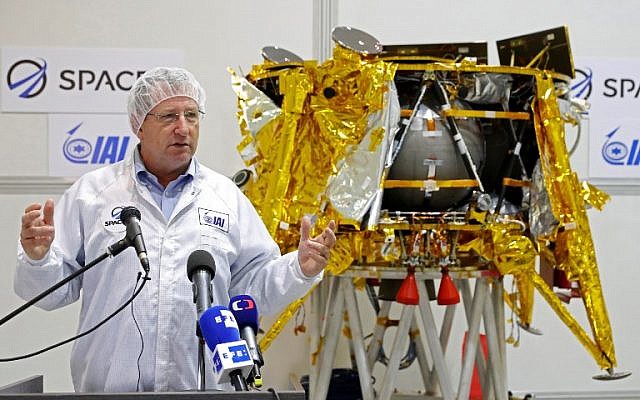
Was SpaceIL, a unique and especially daring initiative, representative of Israeli aerospace generally?
I saw that across the board in other entities. I saw mistakes being made that I can’t comment on.
I found it very frustrating. I believe if SpaceIL had listened early on, the mission would have been a success. The leaders had no idea how to do a space mission, they thought you could put people in a room with pizza and solve problems over a weekend.
What you’re describing as a deep flaw in Israel’s space ecosystem is usually cited as one of Israel’s greatest strengths, the willingness to challenge accepted practices and take risks.
Look, if Iron Dome had evolved in the US, it would still be on the drawing board. But that kind of culture doesn’t necessarily work in space. Once you launch, it has to work. There are no second chances. This isn’t a UAV that crashes, so you learn, fix it and try again.
I got a lot from my time in Israel. I was divorced when I moved there and I met my wife in Jerusalem. She was from northern California. I made a lot of friends and had many moving and meaningful experiences living in Israel. So it was an amazing five years. But it was very frustrating professionally in the sense that I think I could have been much more useful in helping to advance Israel’s space program.

Someone said to me, “If you’d moved to Israel earlier and had served in the military” — the senior leadership teams, a lot of them, had served together and I didn’t have the benefit of that cultural experience.
I’ve since met other Anglos who’d moved to Israel when they were over 50. The management culture in Israel has a hard time incorporating senior people who come from the outside, giving them a seat at the table, listening to what they have to say, and being willing to change course.
I think if the teams had listened, Beresheet could have been a success. It would probably have won the X Prize. It wouldn’t have wasted so much time. For three years we were “three months from PDR [Preliminary Design Review, an early major milestone in a project lifecycle].” There’s this bravado, which is wonderful, but there has to also be an acceptance of limitations and a willingness to bring people in from the outside who actually know the field.
It’s not just in aerospace. I’ve seen it in medicine. Experienced doctors come to Israel and get brought in at the ground floor, when they should be department heads.
I was talking to someone at Nefesh B’Nefesh. I suggested they do some serious study of people who come with senior expertise and that they develop a program to integrate them into positions where they can be useful. I’m not sure I would have made aliya if I’d known I’d experience those barriers. Eventually I just found myself doing a lot of space consulting in Europe and the US and thought, “Why am I living in Israel?” That’s when I said I might as well move back, because my ability to help here is zero.
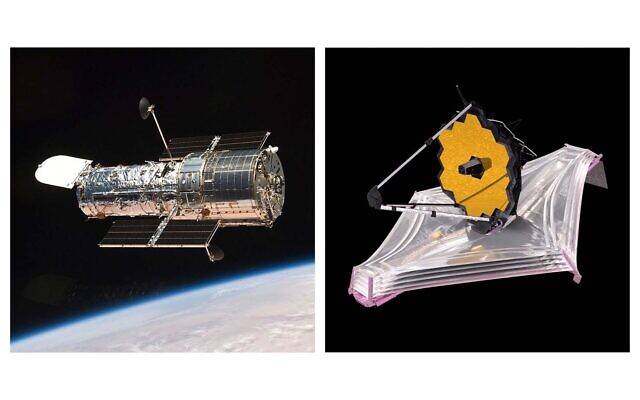
Could one possible lesson from your experience of the Israeli space field be that space is inherently a superpower’s game, that it takes the scale and budget of a NASA to do anything meaningful in space?
The future is commercial. From the time I returned from Israel [in 2015]until now, two things have changed profoundly in space. The first is the reduction of launch costs that started with SpaceX and the Falcon 9 rocket. In the past, to put something in space you were looking at Atlases and Deltas, and they would run $150-200 million per launch, and now we’re looking at $50-60 million, a fourfold reduction because the rocket is reusable.
Elon Musk correctly applied an agile development process to aerospace. Israel knows all about that; it’s how Israelis develop software. You don’t build the whole product and then test it, you build a little and test, then rebuild, then test, with teams working in parallel and integrating as you go.
The other thing Musk did was design engines that wouldn’t work at their maximum capability. If you want to make something reusable, you can’t stress it to its limits. You operate at about 75% capacity. That’s been a huge success.
I remember sitting at a cafeteria at Boeing with a bunch of Delta engineers when Falcon 1 had its second launch failure [in March 2007], and they were saying, “He’ll never get there.” Boy, were they wrong.
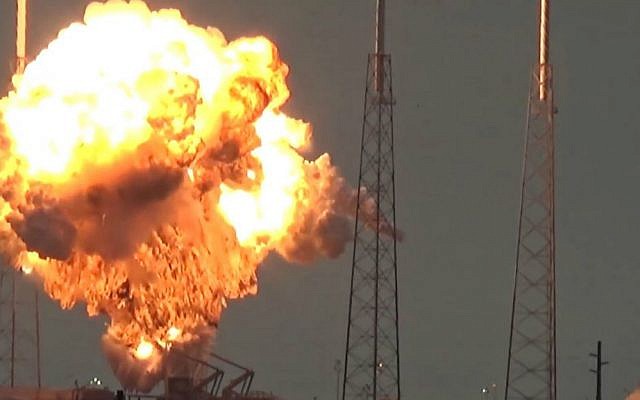
The other thing that happened was this small electronics revolution driven by smartphones. That has turned small cubesats, which were toys that universities would use to train engineers, into communications, weather and remote sensing satellites. A recent Mars mission flew two small satellites called MarCO that were a demonstration that something like that is possible. They acted as relays.
I know there are planetary missions being investigated in which a main mission will orbit and several small cubesats will be sent in as probes to explore the upper atmosphere of the planet. If it burns up it’s no big deal, but in the meantime it’s getting data you wouldn’t otherwise get. These types of missions wouldn’t have been possible without the maturation of a lot of cubesat technology. It’s moved from being a toy to a real-world solution.
Those two changes mean that business cases now close in space that didn’t close before. And that’s attracted huge amounts of investment capital. The rapid growth of the space economy is going to also help space science.
NASA is going to be moving away from the International Space Station at the end of this decade. It will be replaced by commercial habitats. It’s not hard to envision that one of those habitats could be designed to be an astrophysical integration and test and assembly facility for future observatories. Space tugs are already being developed privately. Much of the infrastructure to build the follow-ons to Webb will be there.
All this infusion of private capital is developing an infrastructure in space. NASA and other space agencies won’t have to pay for the development of capabilities. Now, suddenly, NASA can pay for the use of capabilities.
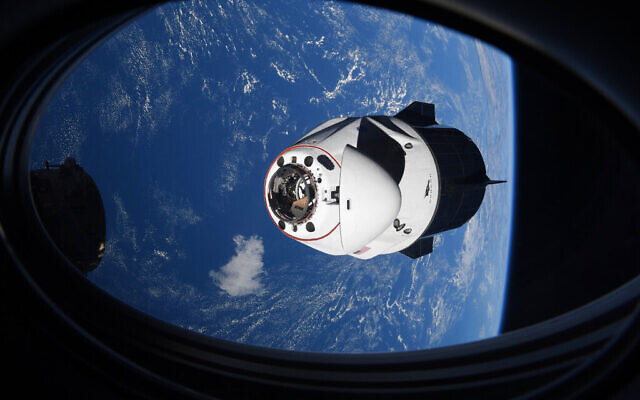
It’s very possible that by the time we start thinking about the next big flagship mission after James Webb, robotics will already be key. The powerful telescopes of the future could be 15- or 20-meter telescopes, and I believe they’re going to be assembled and tested in space by some combination of robots and astronauts.
The lack of robotic serviceability is one of my biggest regrets with Webb. One of the boundary conditions we were given when planning Webb was, “Don’t have it serviceable.” The reason was the cost. Hubble would have been a colossal failure if it wasn’t serviceable. But to make it serviceable by humans meant that Hubble had to be “human-rated,” which is expensive. For example, there are no sharp edges on anything, because you don’t want anything that can tear a space suit and kill a person inadvertently when they’re working on it.
But what I didn’t realize at the time was that DARPA [Defense Advanced Research Projects Agency] was working on a robotic servicing concept called Orbital Express. It was being built by Boeing. I later worked with the team at Boeing on that, finishing it off. If I’d known about it then, I would have pushed to have an option to robotically service the telescope, because the one thing limiting James Webb’s lifetime is fuel. It will eventually run out of fuel to do the station keeping at L2.
So, to finish where we began — as things stand, Webb isn’t serviceable at all? Even if we could get a robot to it, the machinery required for servicing isn’t in the right place structurally? So once it’s out of fuel, that’s it?
I believe that’s true. But having said that, there’s a lot of stuff we ended up doing with Hubble [originally slated to end operations in 2005]that were supposedly impossible, things we serviced that were not designed to be serviced but extended its lifetime.
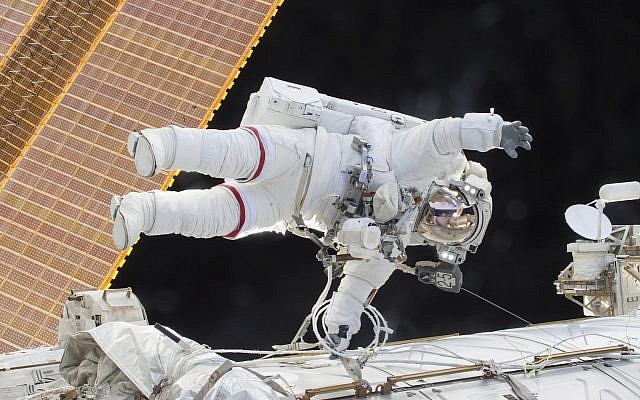
The next big leap, for me, is to think about how to leverage the emerging space infrastructure, stuff like Starship [SpaceX’s planned interplanetary rocket] or Blue Origin’s New Glenn rocket, which has a really large doubling or even tripling of fairing size, so you could launch major modules and very large mirrors. Those are game changers.
Or perhaps we could connect astronauts in a habitat in low Earth orbit to an orbital transfer vehicle to get out to L2.
There are all kinds of architectural paradigms we can envision for leveraging where we are today and where we see things headed that would be paradigm shifts.
Space has a bright future.


